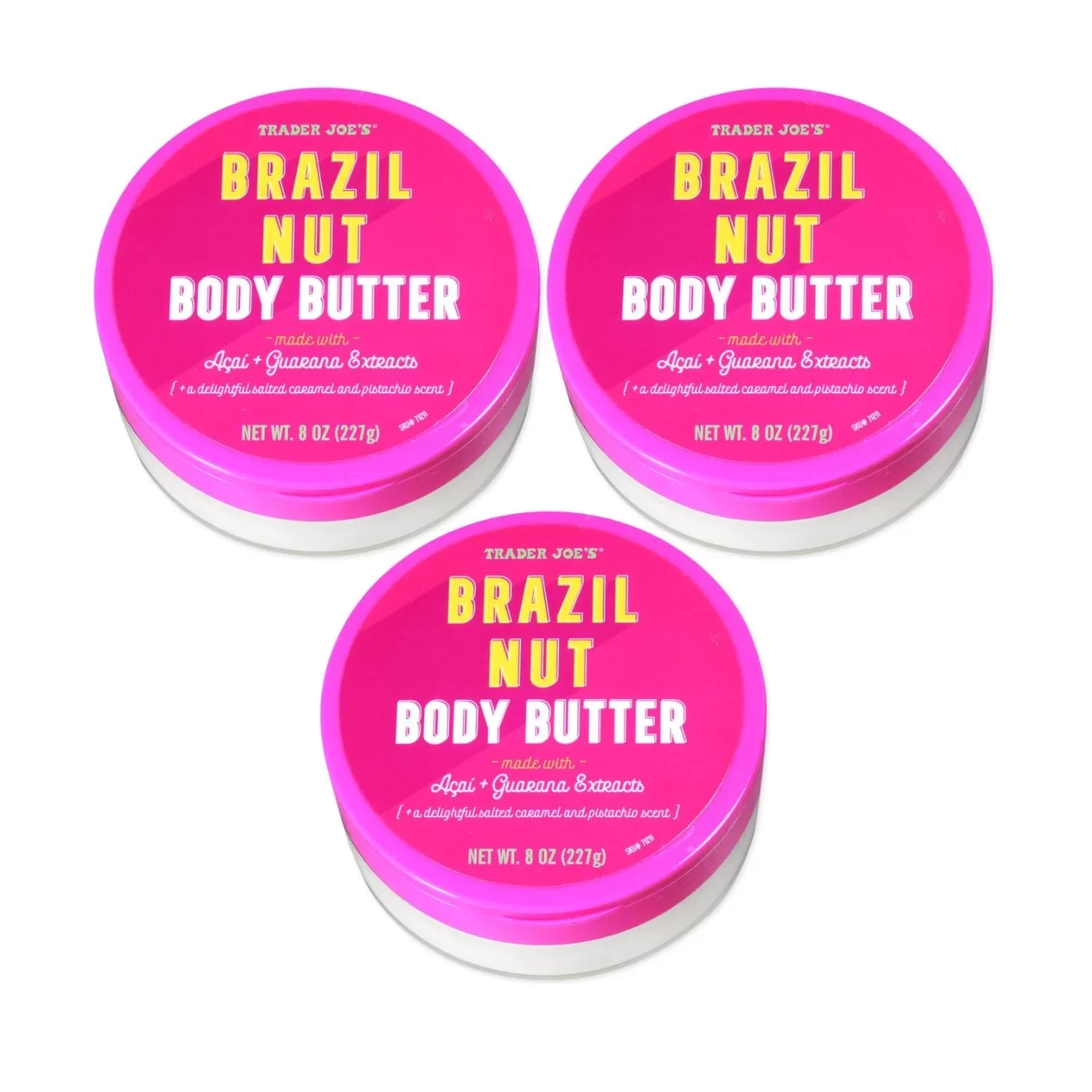
 By
Your Beauty Plug
By
Your Beauty Plug
Sugar waxing, also known as sugaring, is a popular form of hair removal that uses a natural paste made from sugar, water, and lemon juice. It’s been used for centuries and is favored for its simplicity and effectiveness. But is it good for your skin? And how does it compare to traditional waxing? Let’s delve into these questions and more.
Sugar waxing is often considered beneficial for the skin. The ingredients used in the paste are natural and less likely to cause irritation compared to the chemicals found in traditional wax. The process of sugaring also exfoliates the skin, removing dead skin cells and leaving the skin smoother. However, like any hair removal method, it can cause temporary redness and irritation.
While sugaring is generally safe, it’s not without potential downsides. The most common side effect is the risk of ingrown hairs, which can sometimes become infected. It’s important to follow proper aftercare procedures to minimize this risk.
The choice between waxing and sugaring often comes down to personal preference and skin sensitivity. Sugaring is typically less painful than waxing because it pulls hair in the direction of growth, reducing hair breakage. It also doesn’t adhere to the skin, causing less irritation. However, some find waxing to be more effective, particularly for thick or long hair.
While sugaring doesn’t directly lighten the skin, it can help improve its appearance. The exfoliation process can remove dead skin cells, revealing a smoother and potentially lighter skin surface. However, it’s important to note that any perceived lightening is likely due to the removal of hair and dead skin rather than a change in skin pigmentation.
The smoothness of the skin after sugaring can last up to six weeks. This can vary depending on individual hair growth rates. Regular sugaring sessions may also result in hair growing back softer and thinner.
Sugaring is suitable for all skin types, including sensitive skin. Because the sugar paste doesn’t adhere to the skin, it causes less irritation than waxing. However, as with any skincare treatment, it’s always a good idea to do a patch test first to ensure no adverse reactions.
Yes, sugaring can be used for hair removal in the pubic area. It’s important to follow proper procedures and aftercare to minimize the risk of irritation and ingrown hairs. If you’re new to sugaring, you may want to consider having the procedure done by a professional to ensure safe and effective results.
Sugaring is generally safe for facial hair removal. It’s less likely to cause irritation and is often preferred for sensitive areas like the face. However, if you have acne or other skin conditions, it’s recommended to consult with a dermatologist before sugaring.
After sugaring, it’s important to keep the skin clean to prevent infection. However, avoid scrubbing or deep cleansing for a couple of days after the procedure. Instead, gently clean the skin and consider using a soothing product like aloe vera to reduce irritation.
If you have acne, it’s recommended to consult with a dermatologist before attempting to sugar wax your face. Acne medication can make the skin more sensitive, increasing the risk of irritation or damage from waxing.
Sugar waxing is a natural and effective method of hair removal that can be a sweet solution for those looking for an alternative to traditional waxing. As with any skincare treatment, it’s important to understand the process, potential risks, and aftercare to ensure the best results. Always consult with a professional if you’re unsure or new to the procedure.




